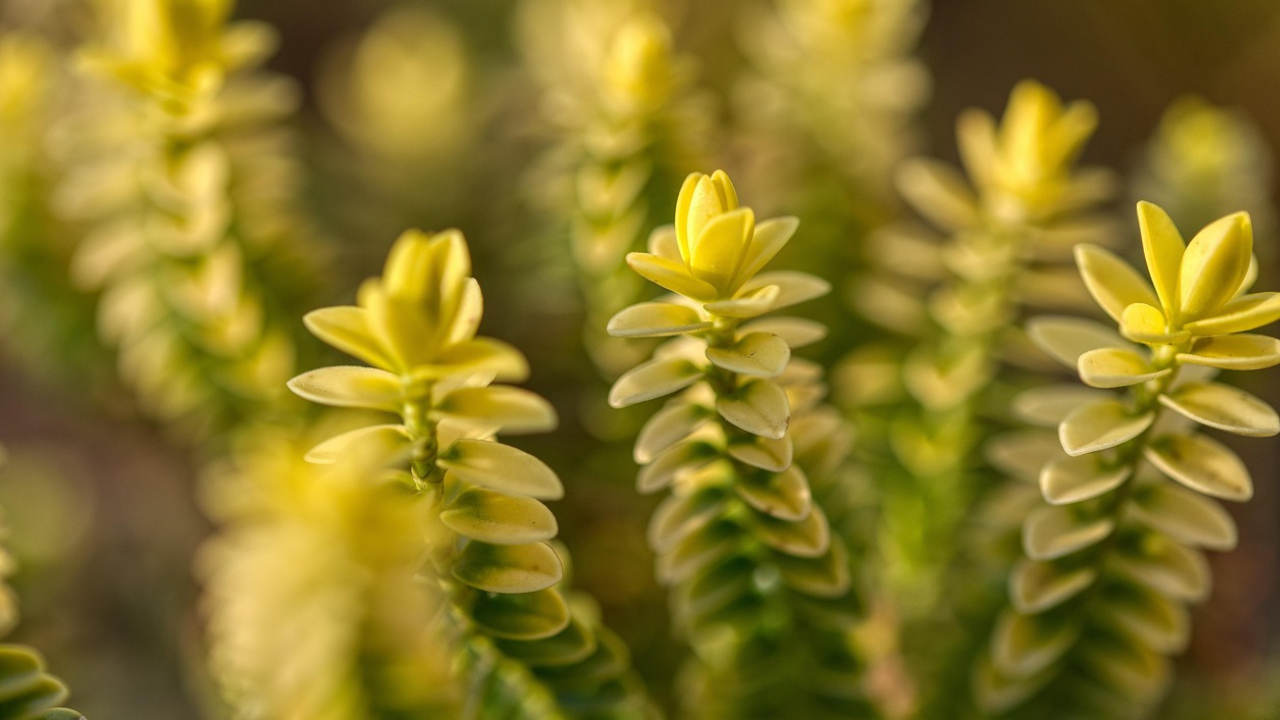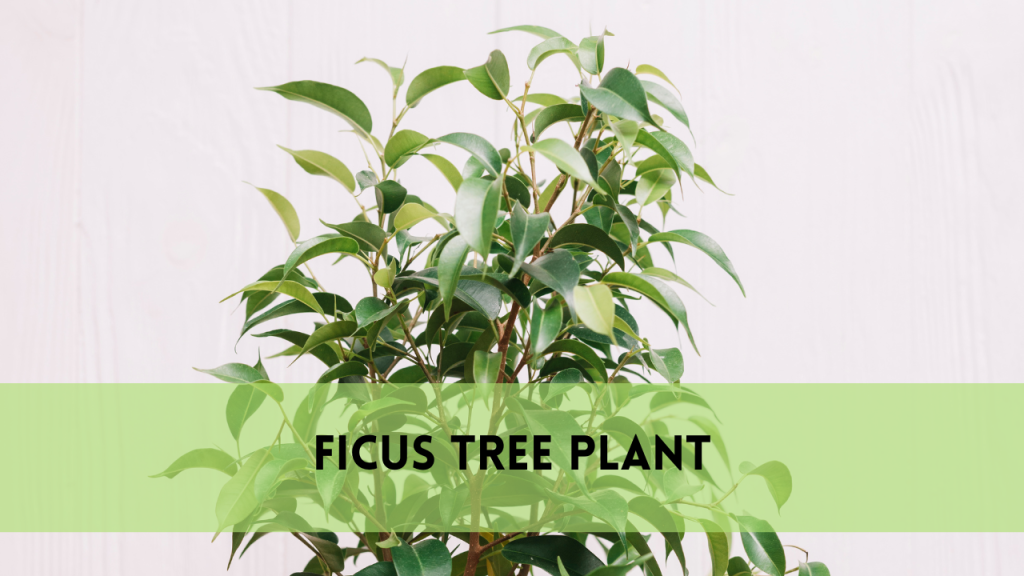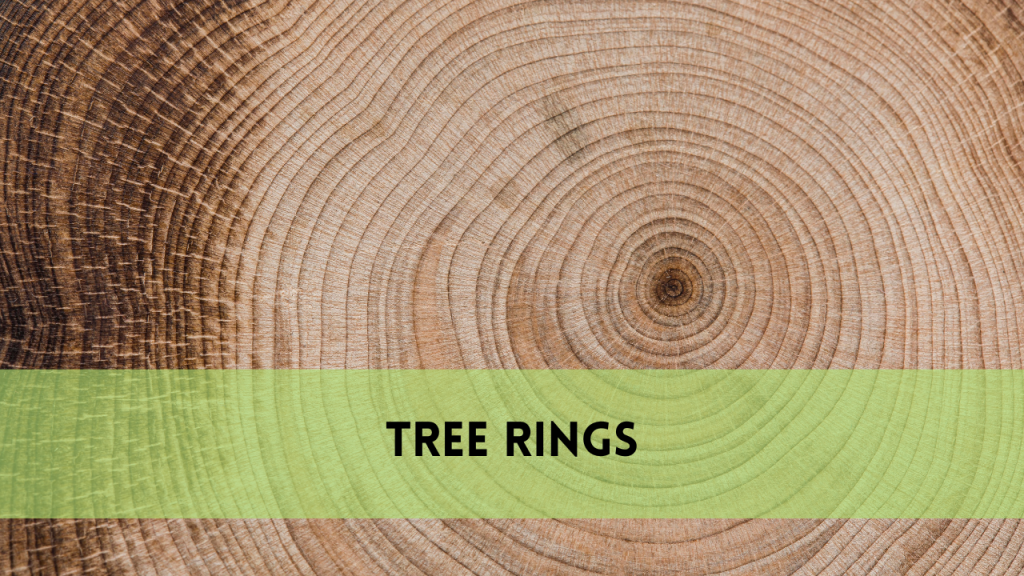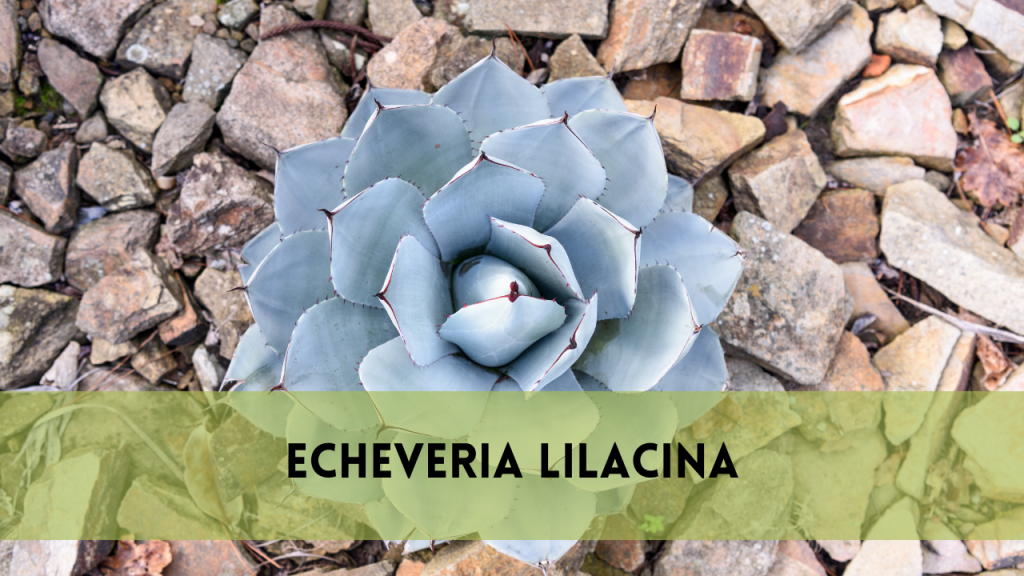Sedum nussbaumerianum, also known as the “golden sedum” or ? Coppertone stonecrop” is a succulent with golden-orange tones and an easygoing personality. This drought-tolerant beauty is also known as “ Coppertone Stonecrop” and thrives in warm climates.
It’s a great addition to succulent arrangements, rock gardens, or container displays. Golden sedum is a succulent that can be grown and maintained by anyone, whether they are a veteran gardener or new to the world.
Sedum Nussbaumerianum: Origin and Characteristics
Sedum nussbaumerianum, a native of Mexico, belongs to the Crassulaceae and is prized for its trailing, rosette-like growth habit. Sedum nussbaumerianum’s thick, fleshy, green leaves turn fiery orange when exposed to sunlight. It is a favorite succulent among enthusiasts.
The low-maintenance plant produces star-shaped white flowers in the spring. This adds to its decorative appeal. It can be grown indoors or outdoors with the right care.
Sedum Nussbaumerianum: Best Growing Conditions
Sedum nussbaumerianum thrives in full sun to partial shade, with at least six hours of direct sunlight per day. This sun-loving flower thrives in partial shade to full sun, with six hours or more of direct sunlight each day. If planted in an area with plenty of sunlight, the leaves will develop a coppery-orange color that adds to its beauty.
A well-draining, sandy soil is necessary to prevent root rot. This problem is common among succulents. Perlite or pumice mixed with a gritty, sand-like mix will allow for the best drainage. Cactus and succulents can be grown in pots with a cactus potting mix.
This will keep the roots healthy and well-aerated. Sedum nussbaumerianum likes neutral to slightly acidic soils with pH levels between 6.0 and 7. This provides the best foundation for root growth.
Sedum Nussbaumerianum Watering and Fertilizing
Sedum nussbaumerianum’s drought tolerance is one of its most attractive features. This succulent, unlike plants that love moisture, thrives with minimal watering. It is best to let the soil dry completely between waterings. Overwatering may cause root rot. Always ensure that the soil or pot has good drainage.
Watering the plant once every two to three weeks during its active growth season (spring and summer) is enough. Reduce watering in winter as the plant goes into dormancy. You may notice shriveled or yellowed leaves if you are experiencing excessive moisture.
Fertilization does not have to be done, but it can increase growth and vibrancy. A balanced, diluted liquid fertilizer can be applied twice a year in the spring and summer to encourage healthy growth. Over-fertilizing can weaken the plant’s natural resilience, and change its compact growth habits.
Propagation Techniques for Sedum Nussbaumerianum
Propagation is a simple way to expand your Sedum Nussbaumerianum collection. This succulent can be propagated from leaf or stem cuttings. Take a healthy cutting and let it dry out for a couple of days. Then, plant it into a well-draining, nutrient-rich soil. You can water sparingly for a few days until the roots are established.
Leaf propagation is another effective method. Remove a healthy, dry leaf and place it over the soil. In time, the roots and shoots of a Golden Sedum will develop into a new plant. For optimal growth, propagation should be done in the spring or early summer.
Sedum Nussbaumerianum Pests and Problems
Golden Sedum, while pest resistant, is not immune to all common succulent pests. The plant can be infested by spider mites, mealybugs and aphids if it is kept in humid conditions. It is important to regularly inspect the stems and leaves for signs of pest infestation. When pests are visible, a cotton swab with rubbing alcohol on it or insecticidal liquid can be used to eliminate them.
Overwatering is the main cause of root rot, which can lead to fungal diseases. These problems can be prevented by ensuring proper drainage, moderate irrigation, and adequate air flow. When root rot is present, it can be saved by removing the affected areas and allowing them to dry out before replanting.
Sedum Nussbaumerianum for Container Gardening and Landscaping
Sedum nussbaumerianum, a versatile succulent, will enhance any garden or interior space. It’s cascading habit makes it a great choice for mixed succulent arrangements, hanging baskets and rock gardens. It can be used to create a golden carpet that contrasts beautifully against green foliage or other succulents in warm climates.

It pairs well in containers with other drought-tolerant species like Echeveria or Aloe. Sedum is a focal point for any succulent collection because it can be enhanced by mixing textures and colors. Warm tones can be used to add vibrancy in any setting, whether it is a centerpiece or trailing accent.
Winter Care and Seasonal Concerns
Sedum nussbaumerianum prefers warm, dry climates and thrives in USDA Hardiness Zones 9-11. It must be protected against frost in colder areas, as freezing temperatures may damage its succulent foliage. Bring potted plants inside during the winter, or provide frost protection by covering them with a breathable fabric, to prevent cold damage.
If you are growing the plant indoors, make sure it is next to a bright, south-facing window. The plant will receive enough light. Use of grow lights during the dark winter months will maintain healthy growth and color. Sedum needs winter care to thrive.
FAQs
How fast does Sedum nussbaumerianum grow?
Sedum nussbaumerianum can grow up to 12 inches in a single year. It establishes rapidly and thrives under warm conditions with the right care.
Can Sedum nussbaumerianum be grown indoors?
It can grow indoors, if it is provided with bright direct sunlight. It will grow best if you place it near a window facing south.
Why is my Sedum Nussbaumerianum turning Green?
It may be that your Sedum nussbaumerianum does not receive enough sunlight. Sun exposure can help restore the golden-orange color.
How can I prevent root rot on Sedum nussbaumerianum?
Use well-draining, drainage-friendly soil and allow the soil to completely dry between waterings to prevent root rot. Keep roots healthy by avoiding excessive moisture.
Is Sedum Nussbaumerianum toxic for pets?
Sedum Nussbaumerianum, a plant that is safe for cats and dogs in households, is considered to be non-toxic.
Conclusion
Sedum Nussbaumerianum is a beautiful, resilient succulent that brings warmth and vibrancy to gardens and indoor spaces. Sedum nussbaumerianum is a succulent that’s popular among succulent lovers because of its easy-to-care for nature, tolerance to drought, and golden colors.
This succulent will look beautiful for many years if you provide the right conditions. Sedum is a stunning plant that can be used in rock gardens, succulent arrangements, and container plants.



